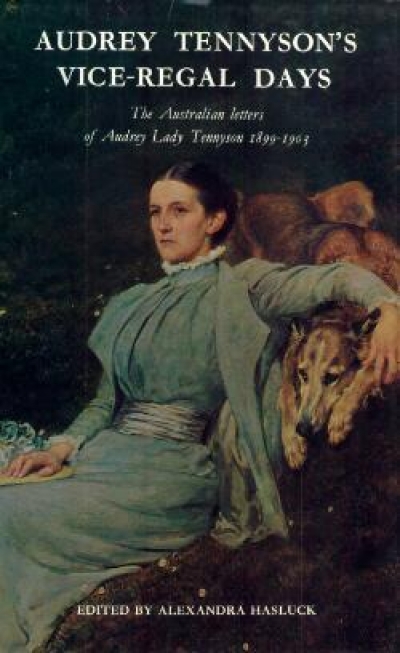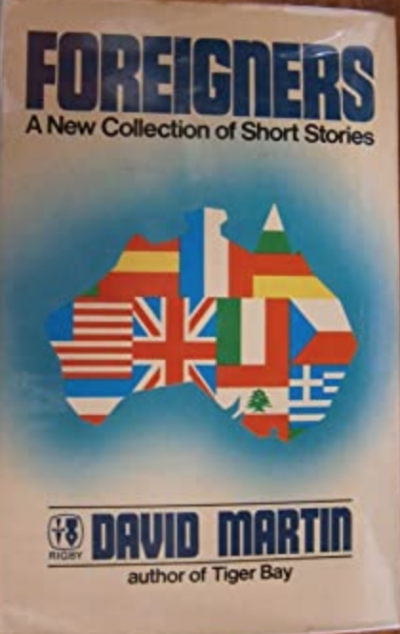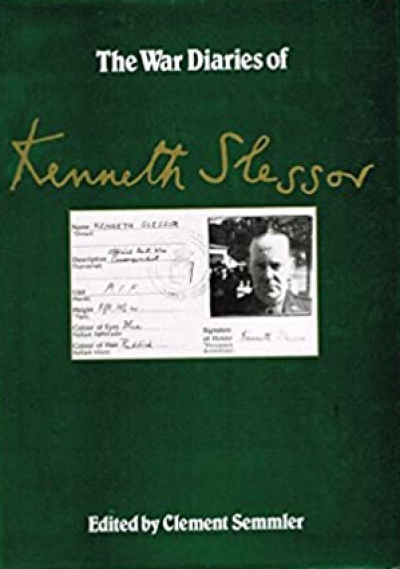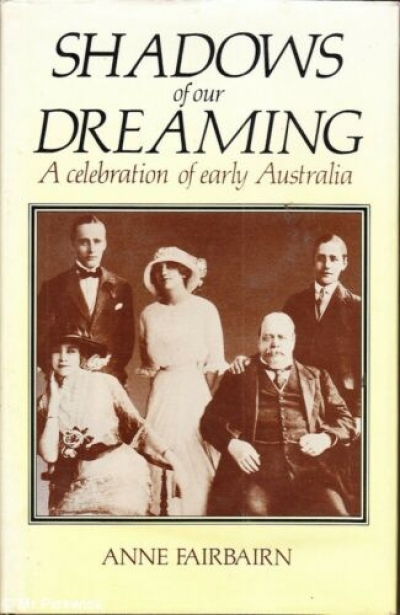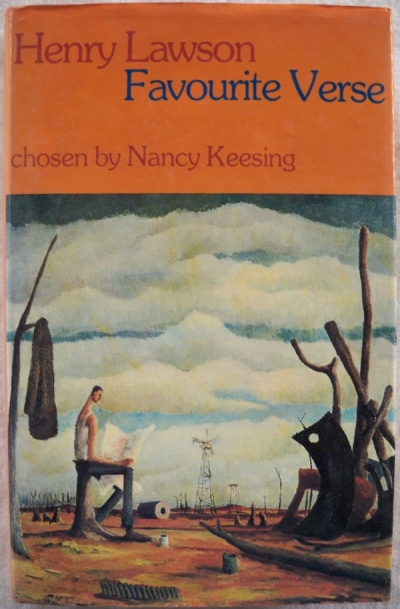Clement Semmler
Audrey Tennyson's Vice-Regal Days edited by Alexandra Hasluck
by Clement Semmler •
Apartheid in Shakespeare and other reflections by Sibnarayan Ray
by Clement Semmler •
Foreigners: A new collection of short stories by David Martin
by Clement Semmler •
The War Diaries of Kenneth Slessor: Official Australian correspondent 1940–1944 edited by Clement Semmler
by Kevin Hart •
Shadows of Our Dreaming: A celebration of early Australia by Anne Fairbairn
by Clement Semmler •
Henry Lawson: Favourite verse edited by Nancy Keesing, illustrated by Walter Stackpool
by Clement Semmler •

